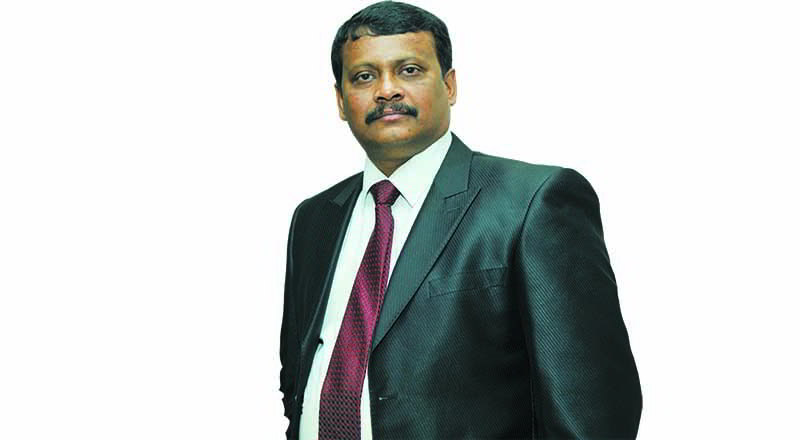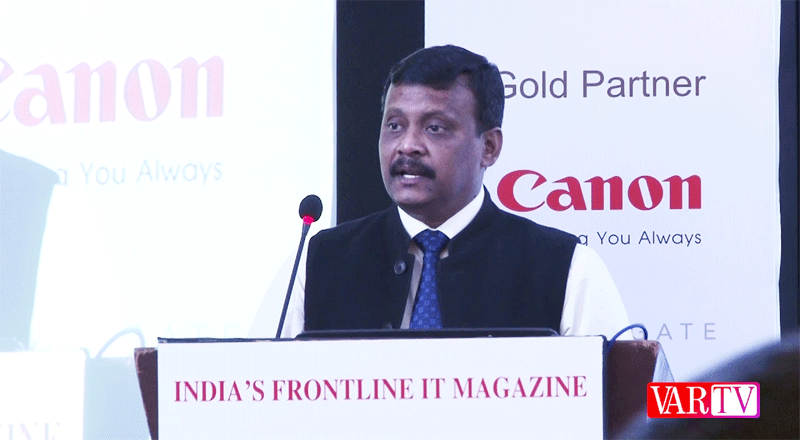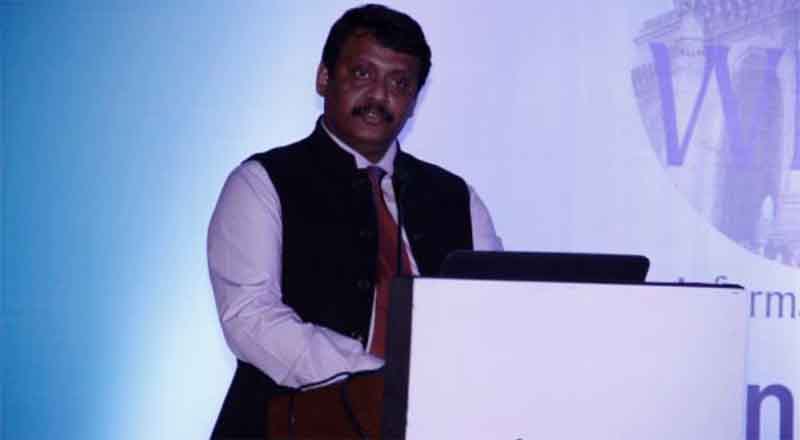The Indian economy is facing storm, the need of the hour is policy reforms to raise GDP growth without creating macroeconomic instability. The government is putting all its efforts in the midst of a sharp economic slowdown.
The report shows that the Industrial Production fell to an eight-year low in the month of September, contracting by over 4%. As per the RBI, growth in bank credit to industries in the same month fell to 2.7%, the lowest in a year. While the numbers for services are a little better, even they stand at a two-year low.
Economists have little faith that things will turn around on their own. The government desperately needs to revive investment. The only way to do so is to embrace something: a true reform “big bang. The reason being eighty percent of India’s population makes their living in the informal sector and produces half of India’s GDP. Almost all the poor toil in the informal sector. To boost the economy, the Finance Minister has slashed the corporate tax rate to 22 per cent from 30 per cent for existing companies and to 15 per cent from 25 per cent for new manufacturing companies. Including a surcharge and cess, the effective tax rate for existing companies would now come down to 25.17 per cent from 35 per cent which involved an outgo of Rs 1.45 lakh crore.
The government also brought many changes in IBC where now NBFCs with Rs 500 crore assets can go for Insolvency resolution bringing the finance companies under the ambit of insolvency. This came against the backdrop of the ongoing liquidity crisis in the non-banking financial companies (NBFCs) that has also sparked concerns about the overall stability of the financial sector. Government-owned banks, which comprise over 70 per cent of India’s banking sector, constantly misallocate capital because of priorities foisted on them by politicians.
There are few public companies into telecom and aviation, supported by the federal budget for years while making losses, bringing difficult situation for private players in their sector to survive. So in the absence of structural reforms for transformative growth, a rural-led growth strategy is the only option for economic revival at this point of time. Growth may be slower but it will be sustained. Supply-side measures like corporate cuts will not help.
However, the government has blamed the slowing of GDP growth in the last two financial years on the lagged effect of the so-called twin balance-sheet crisis — stress on banks due to nonperforming assets (NPAs) or bad loans on the one hand and heavily indebted corporates on the other.
There is a requirement of a rural-led strategy that will deliver slower overall growth but it will have a bigger impact on poverty under the present circumstances that will keep the East Asian strategy out of India’s reach for now. One positive sign is that, after six long years of complacency, the government finally seems to have admitted that there are serious problems with the economy. It recently slashed tax rates on companies. India should first focus on economic growth before it begins to focus on redistribution.
Still a question arises who is to be blamed for the slowdown in India?
Deepak Kumar Sahu
Publisher & Editor-in-Chief





